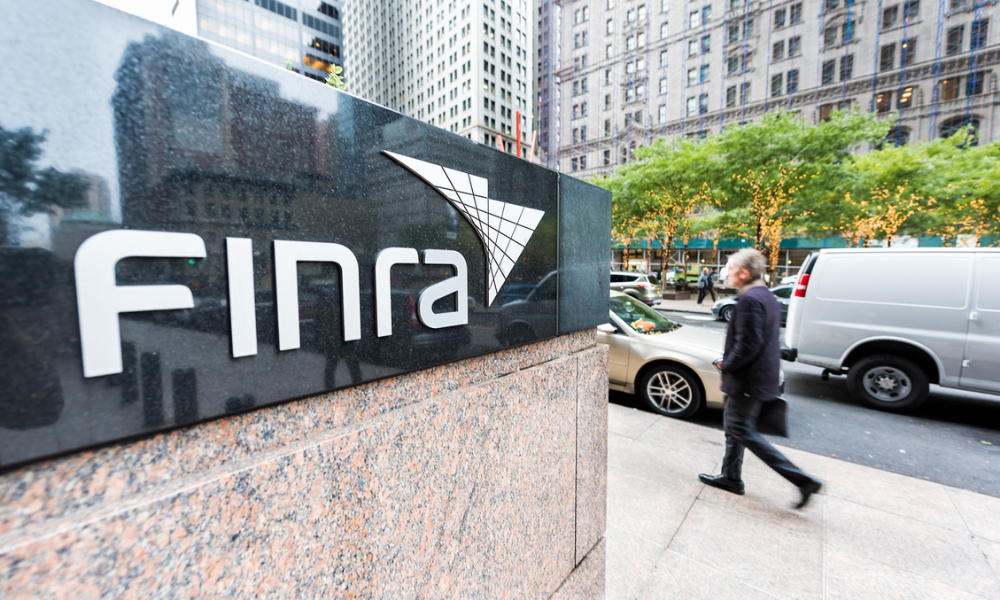

A 230 page proposal, which Finra has submitted to the Securities and Exchange Commission for review, would allow the use of predicted returns in marketing and would apply to brokers dealing with institutions and investors possessing assets over $5 million.
The Financial Industry Regulatory Authority Inc. believes that "A member’s views regarding the projected performance of an investment strategy or single security may be useful," according to its proposal documentation.
However, this proposal has raised concerns among investor protection advocates. Stephen Hall, legal director of Better Markets, told the Financial Times that "Using projections is one of the easiest ways to mislead people. It’s easy for people to think the result is guaranteed. [Finra] are really opening a can of worms."
The proposal will undergo a public comment period before the SEC decides on its approval, a process that may extend beyond eight months. If approved, the change would significantly impact the marketing of private funds, a sector known for higher fees and growing investor interest due to potentially higher returns compared to public markets.
Lance Dial, a partner at K&L Gates law firm, told the FT, "This is a big change. It is good for fund managers who want to use this [information] in marketing through brokers."
Finra's 210-page filing notes that the rule change aims to align broker regulations more closely with those for fund managers and registered investment advisers, who are currently permitted to use projections in some marketing materials for sophisticated investors.
However, the proposal has stirred debate over the differing responsibilities of brokers and investment advisers. While advisers have a fiduciary duty to prioritize client interests constantly, brokers are only required to recommend products in the client's best interest without ongoing responsibilities.
The SEC has traditionally been strict about preventing money managers from making future promises to the general public. This stance was evident in September, when the SEC fined nine asset managers for displaying hypothetical results accessible to the general public, totaling $850,000. The nine companies were Banorte Asset Management, BTS Asset Management, Elm Partners Management, Hansen and Associates Financial Group, Linden Thomas Advisory Services, Macroclimate, McElhenny Sheffield Capital Management, MRA Advisory Group and Trowbridge Capital Partners.
Finra's proposal does include safeguards for investors, requiring brokers to have a sound basis for their estimates and ensuring investors can independently analyze the information or possess the necessary financial expertise. Yet, critics like Hall remain skeptical, fearing that even sophisticated investors could be misled, describing the proposal as "ill-considered and could open the door to lots of mischief."
The SEC, Finra, and the Securities Industry and Financial Markets Association, the brokers' industry lobby group, have declined to comment on the proposal.
Inside the Finra proposal:

Elsewhere in Utah, Raymond James also welcomed another experienced advisor from D.A. Davidson.

A federal appeals court says UBS can’t force arbitration in a trustee lawsuit over alleged fiduciary breaches involving millions in charitable assets.

NorthRock Partners' second deal of 2025 expands its Bay Area presence with a planning practice for tech professionals, entrepreneurs, and business owners.

Rather than big projects and ambitious revamps, a few small but consequential tweaks could make all the difference while still leaving time for well-deserved days off.

Hadley, whose time at Goldman included working with newly appointed CEO Larry Restieri, will lead the firm's efforts at advisor engagement, growth initiatives, and practice management support.
Orion's Tom Wilson on delivering coordinated, high-touch service in a world where returns alone no longer set you apart.
Barely a decade old, registered index-linked annuities have quickly surged in popularity, thanks to their unique blend of protection and growth potential—an appealing option for investors looking to chart a steadier course through today's choppy market waters, says Myles Lambert, Brighthouse Financial.
